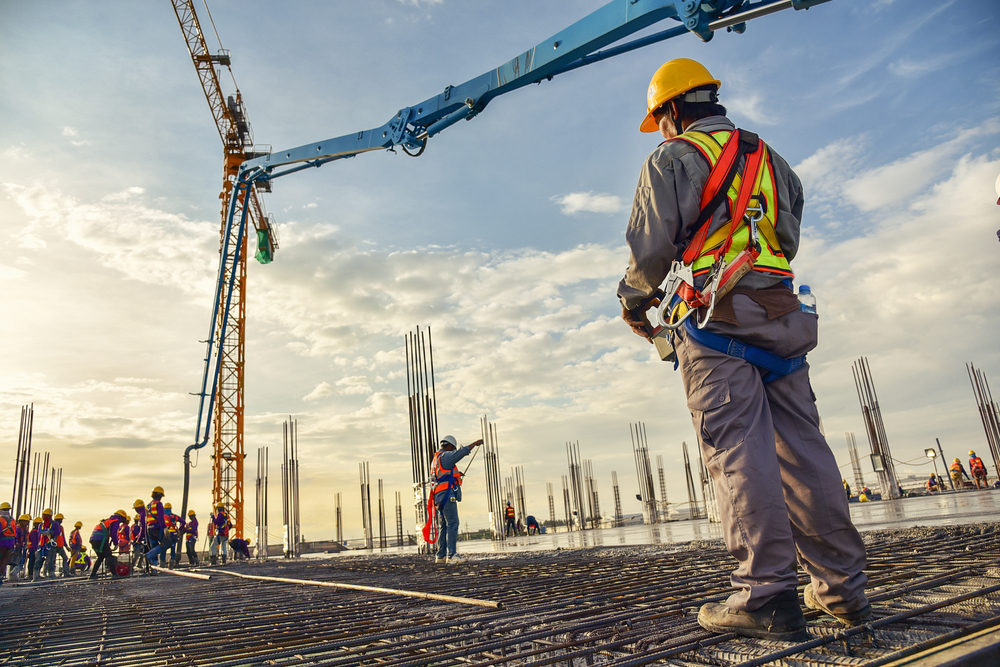While purchasing has been the more popular option in the industry for decades, today’s market has vastly increased construction equipment renting options, and not without a reason. Let’s analyse the pros and cons for the both scenarios.
Readily available – buy
Perhaps the most important reason behind purchasing a machine is that it is readily available, at your disposal, for both your current job and the future projects. There’s no concern of securing the equipment needed for the job on time. In addition, you control the costs to save on maintenance and repair expenses by choosing quality used equipment for sale.
Maintenance cost – rent
On the other hand, renting often mitigates maintenance costs, as many rental contracts make provision for maintenance, repairs and spare parts. Make sure you read the contract before signing to see what’s included in fine print. Additionally, you can make further savings by renting the equipment operator as well, instead of hiring and training your in-house specialist.
Tax deductions – buy
With equipment purchase, you’re eligible for substantial tax deductions from the initial purchase, as well as the yearly costs related to insurance, depreciation, loan interest payments, repairs and maintenance, including all the additional tax paid on all these associated costs. When the time comes to sell in order to purchase additional equipment, you may even be able to avoid paying tax on capital gains.

Equipment idling – rent
When you no longer have need for a specific piece of equipment or your projects needs it for a short duration only, the item is liable to sit idly in your storage, with maintenance costs amounting. If you rent it instead, it’s on the rental company to worry about finding other users.
Resale value – buy
If you purchase, you can count on a resale value for your equipment, especially if your company has adopted the habit of cycling in new equipment with updated technology. Keep in mind that purchasing brands and models that hold their value better than others is directly affects the resale value. For example, the reliable line of Cat loaders and backhoes reaches higher resale value than its Shandong and Sunyo counterparts.
Technology update – rent
When it comes to using the latest technologies, it’s one for the rentals. The rental market is highly competitive, with companies rushing to offer new-generation machines and equipment that get the job done faster, safer, and more efficiently. For example, a startup construction company might consider some of scaffolding rental deals, including the latest generation of non-metallic fiberglass scaffolding towers, which are used for working near municipal grid or public transport power lines.

Expansion opportunities – buy
Purchase of more equipment might also be justified by expansion opportunities in fleet management. If you focus on areas which help grow your business, expanding your fleet might be a way to go. Managing a fleet of construction machines involves a set of skills different from your main field of work, such as transportation, storage, service and maintenance, you could create a separate company division for your equipment management.
Transport and storage – rent
Let’s say your equipment is in one state, but your project is two states away. One reason why your quote was accepted is because you aren’t looking to splurge on hauling your machines by road or rail, but rent the equipment from a rental company that is local to your project site. In the same way, keeping bigger pieces of equipment stored away when not in use such as scaffold towers for instance requires either building your own storage or, paying a storage facility. Both problems can easily be solved by going for scaffold towers for hire instead.
Determine utilization rate
When the i’s are dotted and t’s crossed, it’s the amount of use a certain piece of equipment gets that determines whether to rent or buy. There are other factors, but if your business uses a certain item most days and long-term, purchase is probably the best way to go.
There’s a way to calculate the utilization rate for a specific piece. Let’s take a concrete screed for an example. Get the number of full days the screed has been used in the past 3 months, let’s say 45 days. Divide the number by industry-standard calculation of possible operating days of 66 (22 days a month) and you get the utilization rate of 68%. The rule of a thumb says that if your utilization rate is 60% or higher, buying is the best choice, if it’s below 40% you better rent, and if it’s between those figures, you need to weight the other factors as well.
Before you go ahead and buy that new shiny concrete screed and call yourself a proud owner, it might be worth thinking about renting rather than buying. While money is always the first consideration, the risk and opportunity follow close behind, so you need to take all three into the equation before deciding on the rent-buy question.


I do agree that maintenance costs as you mentioned make me want to rent equipment for my construction project to save on it. Since idling equipment as you said is not good for the equipment’s longevity, it is indeed better to rent those you won’t use anymore. If we need updates on technology for our project, I’ll be sure to rent from a company but I’ll make sure they have the latest ones available for rent.
Woah! I never knew that construction companies can rent tools and equipment from various rental services to be able to construct objects faster and safer. When I read your example on fiberglass scaffolding towers, it convinced me to rent one if I were to have local electricity towers built. In my opinion, one should choose a service to rent from based on whether they have served other clients successfully before. Also, they should have flexible payment options.
Hi mates, fastidious piece of writing and nice arguments commented here,
I am genuinely enjoying by these.